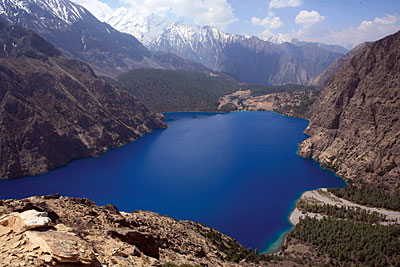 PICS: DEWAN RAI |
 |
Mid-June to August is the prime picking season in Dolpo for yarsagumba, the Himalayan caterpillar-fungus prized in China as an aphrodisiac. But over-harvesting in past years has depleted the crop, and across the Himalaya from Rasuwa to Humla, this year's yarsa season has been a disastrous failure.
Shops, schools, government offices are closed during this season and the 29 km stretch between Lake Phoksundo and Sulligard is teeming with tens of thousands of mules and their owners. It is like the gold rush in the American outback, but many this year are returning disappointed.
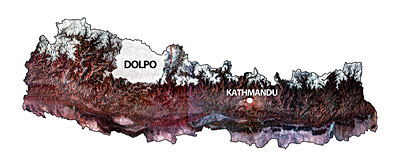 |
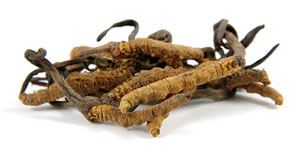 |
Pushpalal Pun of Jajarkot shares a similar story. He left his BA classes, and is hoping to make a big collection this season so that his family can scratch out a living for rest of the year. But seeing the yarsa pickers coming back down the high valleys empty-handed, he fears the trip may be in vain.
Not everyone agrees that yarsa harvests are down. Ram Prasad Mahat, chairman of the Shey Phoksundo National Park and Buffer Zone Management Committee says: "Since there are more pickers, the average collection per person has gone down, but yarsas are still plentiful." He sees the increase in yarsagumba pickers as a positive sign. This year the committee collected Rs 10 million as entry fee up from Rs 6 million in 2011 and Mahat says the national park could earn up to Rs 100 million if there are stricter regulations. People from outside the district are charged Rs 1,100 while Dolpo residents pay Rs 600.
The yarsagumba picked in Dolpo go straight north to Tibet via the border points at Mamu Chhohra and Kyate Chhohra.
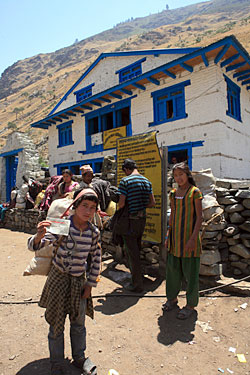 |
 |
 |
 |
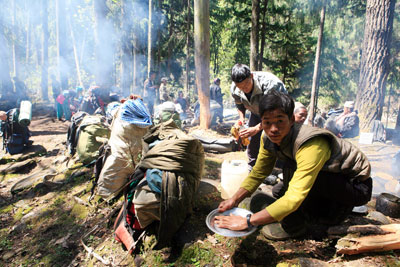 |
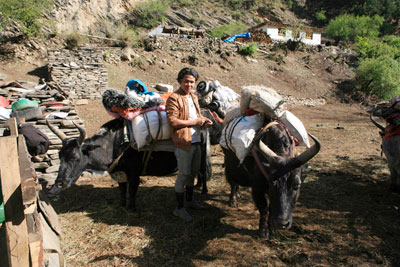 |
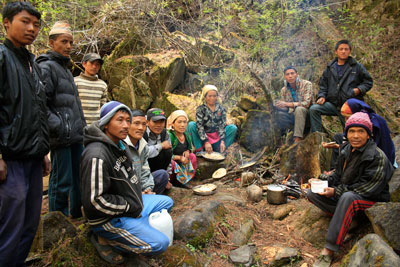 |
 |
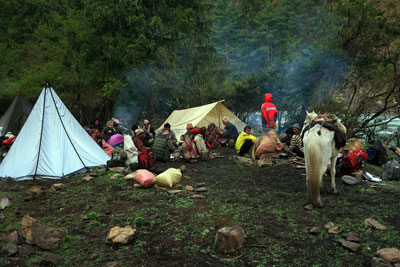 |
 |
Read also:
Reflecting reality
Despair and hope in Dolpo, DEWAN RAI
"Politics is only for the leaders. We never expected anything from the constitution."
Watch:
Dipendra Bhandari's Journey to Yarsa trailer
See also:
Gold rush in Dolpa, MAARTEN POST
The Himalayan viagra harvesting season brings tens of thousands of fortune seekers to this harsh region.
Yarsa-land, DIPENDRA BHANDARI in RUKUM
Nepal's new cash crop is a caterpillar and provides a living for hundreds of thousands


